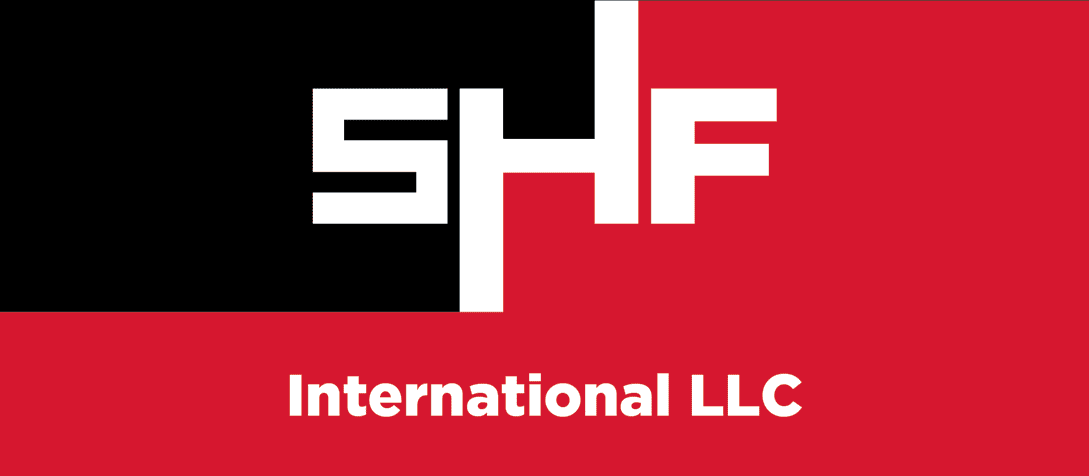The Design Phase
In the design phase, the construction manager acts as an integral project team member. They provide constructability reviews, value engineering, material selection advice, cost estimating, and scheduling input. This lets designers consider construction means/methods in their drawings and specifications.
The CMAR develops detailed cost models at various milestones (30%, 60%, 90%) as the design progresses, allowing the owner to track costs versus budget. Toward the end of design, the CMAR submits a Guaranteed Maximum Price proposal to the owner, locking in the maximum project cost.






